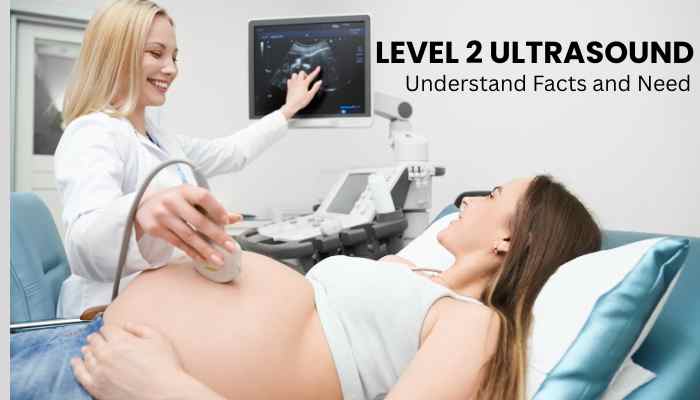If you wish to learn something about this Anorectal ultrasound scan know Ultrasound of the anorectum is a highly advanced imaging technique that uses high-frequency sound waves to generate pictures of the anal canal, the rectum, and nearby structures, including the sphincter muscles.
While Carebox is an aggregator of diagnostic service providers and partners with the best imaging centers in Delhi, we feel that it is also needed to lead our users to useful information regarding the tests they might require. This is an in-depth guide about the anorectal ultrasound scan, in which the scan is justified and performed, and why one needs to visit a center that deals in this line of business in order to receive a proper diagnosis.
Why is an Anorectal Ultrasound Scan Important And Worth Recommending to You?
Anorectal ultrasound is a valuable diagnostic tool in different diseases of the anorectum. Anal Sphincter Complex test: It is referred to as the gold standard to assess both the internal and external anal sphincter muscles. Defect or rupture in the muscular structures would be tested to account for fecal incontinence (stool leakage).
How to Prepare For The Anorectal Ultrasound
Preparation for anorectal ultrasound is typically straightforward. Your physician will give specific instructions in your case and the facility in which the study is to be done; nevertheless, instructions will often include the following:
Bowel Preparation: Sometimes, you may be requested to perform a light bowel prep, e.g., take a small enema several hours ahead of time, to empty the rectum of stool so anatomy in the anorectal region can be seen more clearly.
Dietary Limitations: There are typically no dietary limitations on the scan, but there could be a range of restrictions offered depending on if the scanner is easily accessible. You should be careful to act on your doctor’s advice.
How is An Anorectal Ultrasound Done?
Position: You will be required most of the time to recline on your left side in the knee-chest position, the same position that you are going to be reclining in when you will receive a rectal examination. In some situations, the exam can be administered in a lithotomy position (lying on the back with elevated legs above.
Rotation and Probing of the Probe: The probe is slowly rotated and moved back and forth along the anal canal in slow motion to get different views and angles of the anorectal region. This is useful to get a full view of the sphincter muscles, lesions, and potential fistula tracts.
Scanning Technique for Getting These Images
The patient is seated in the office procedure area or endoscopy suite and placed in the left lateral decubitus position. Sedation is not usually required, but it is an option that can be employed for a nervous patient or if a patient has a large tumor such that movement of an ultrasound probe around it would be too painful. The ultrasound equipment is set up and the patient’s information is entered.
Conclusion
An anorectal ultrasound is a painless and relaxing visual scan, which is harmless and generates visual images of the anal canal, rectum, and surrounding tissues to help diagnose conditions such as sphincter defects, abscesses, and fistulas, as well as planning treatment.
Frequently Asked Questions
Q. How to order an anorectal ultrasound scan online?
Order an anorectal ultrasound scan online through the CareBox platform, where you can get an anorectal ultrasound test at the lowest cost in Delhi NCR.
Q. What is examined in the anorectal ultrasound scan?
An anorectal ultrasound scan involves inserting a probe into the “anus visualization, sphincter muscles, and surrounding tissues.
Q. What is anorectal ultrasound?
Anorectal ultrasound is a diagnostic imaging procedure that employs an inserted probe in the anus and rectum and a small probe inserted into the anus to produce good images of anorectal structures.
Q. What are anorectal problems?
Anorectal disorders are a type of medical condition of the rectum and anus that cause pain, discomfort, and other symptoms.
Q. Can an ultrasound detect piles?
Yes, there are certain types of ultrasound that can detect piles (hemorrhoids), particularly advanced ones. But an ultrasound would not typically be the first diagnostic tool used. Most diagnoses of hemorrhoids result from a physical exam and visual inspection.


